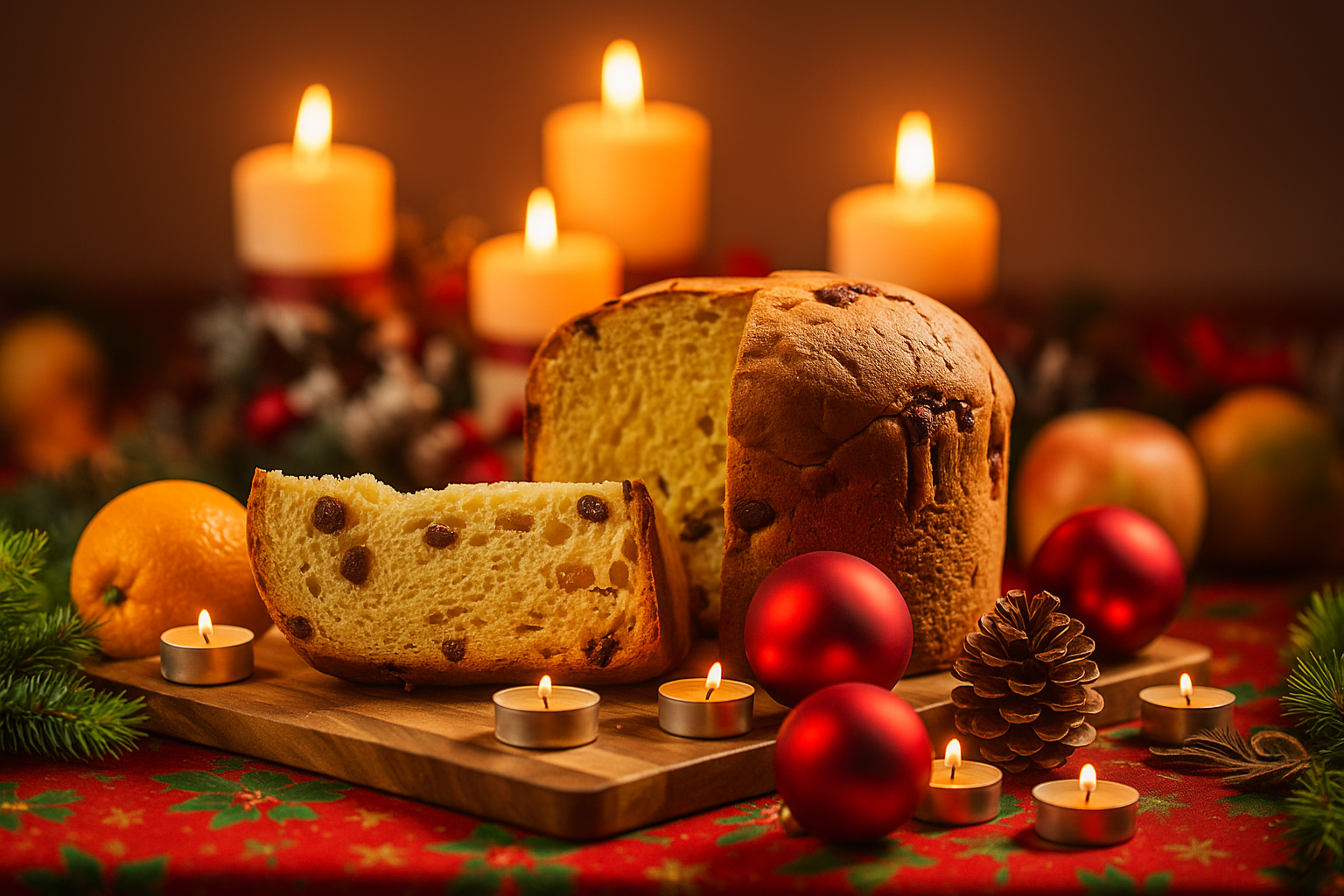
Italian gelato is more than just a dessert; it’s a cultural experience, a reflection of Italy’s rich culinary heritage. Originating in the Renaissance courts of Florence, gelato has evolved into a national treasure with regional variations that reflect the diversity of Italy’s landscapes and traditions.
Origins of Italian Gelato
Gelato traces its roots back to the 16th century when it was first introduced at the Medici court in Florence. The Renaissance era marked the beginning of gelato’s journey, with chefs like Bernardo Buontalenti contributing to its development. Buontalenti, a Florentine artist and architect, is often credited with creating the first gelato recipe, which included milk, honey, and egg yolks. From these humble beginnings, gelato spread throughout Italy, each region adding its unique twist.
Regional Varieties
Northern Italy:
In the north, gelato tends to be creamier and richer, thanks to the abundant dairy resources. Each city brings its unique flavor profiles and traditions.
•Turin: Known for its chocolate, Turin offers rich chocolate gelato and gianduia (chocolate hazelnut) flavors. The region’s famous hazelnuts are a staple in many gelaterias.
•Milan: Milanese gelaterias often feature flavors like zabaione, a creamy, egg-based flavor infused with Marsala wine, reflecting the city’s sophisticated palate.
•Venice: In Venice, the proximity to the sea influences flavors like pistachio and almond, often sourced from nearby Sicily. The gelato here is incredibly smooth, showcasing the artisanal craftsmanship of Venetian gelaterias.
Central Italy:
Central Italy, particularly Tuscany, is known for its simple yet intense flavors, focusing on high-quality ingredients.
•Florence: The birthplace of gelato, Florence is famous for its crema (a rich custard flavor) and fior di latte (pure, sweet milk). The city’s gelaterias emphasize the purity of their ingredients.
•Rome: Rome’s gelato scene is diverse, featuring both classic and innovative flavors. Stracciatella (chocolate chip) is a Roman favorite, along with flavors like fig and honey that reflect the region’s agricultural heritage.
•Siena: Known for its medieval charm, Siena offers flavors inspired by local sweets like panforte (a traditional fruitcake) and ricciarelli (almond cookies), giving gelato a unique Sienese twist.
Southern Italy:
In the sun-drenched south, gelato takes on a lighter, more refreshing character. Sorbets (sorbetti) and granitas (a semi-frozen dessert made from sugar, water, and various flavorings) are particularly popular.
•Naples: Naples is famous for its vibrant lemon gelato, made from the region’s aromatic lemons. The city also loves its coffee, leading to rich, espresso-flavored gelato.
•Palermo: In Sicily, Palermo offers a treasure trove of unique flavors like almond, pistachio, and mulberry. The city’s Arab influences can be tasted in flavors like jasmine and cinnamon.
•Bari: On the Adriatic coast, Bari features gelato flavors that highlight local produce, such as figs and almonds. The city’s gelaterias also experiment with creamy, cheese-based flavors like ricotta.
Favorite Flavors and Unusual Delights
Popular Flavors:
1. Pistachio: A beloved classic, especially from Sicily, known for its vibrant green color and nutty taste.
2. Stracciatella: Creamy gelato with crunchy chocolate flakes.
3. Nocciola: A rich hazelnut flavor, often made with nuts from Piedmont.
4. Tiramisu: Inspired by the famous Italian dessert, combining coffee, mascarpone, and cocoa.
Unusual Flavors:
1. Gorgonzola: A bold and savory flavor for adventurous palates.
2. Olive Oil: Smooth and slightly fruity, a reflection of Italy’s culinary creativity.
3. Black Sesame: An Asian-inspired flavor that’s gaining popularity.
4. Lavender: Floral and aromatic, often found in Tuscany.
Tips for Finding Real Artisanal Gelato
1. Look for Natural Colors: Authentic gelato uses natural ingredients. Brightly colored gelato (especially green pistachio or blue raspberry) often indicates artificial coloring.
2. Check the Container: True artisanal gelato is stored in covered, metallic containers to maintain freshness and hygiene.
3. Seasonal Flavors: Artisanal gelaterias focus on seasonal ingredients. Summer might bring strawberry and peach, while autumn features chestnut and fig.
4. Texture and Temperature: Authentic gelato is denser and melts more quickly than ice cream. If it’s overly fluffy or doesn’t melt easily, it’s likely to be mass-produced.
5. Ingredient List: A good gelateria will proudly display the ingredients they use, emphasizing local and fresh products.
Famous Gelato Brands at Italian Supermarkets
For those who wish to bring a taste of Italy home, several brands offer high-quality gelato that’s readily available in Italian supermarkets:
1. Grom: Founded in Turin, Grom prides itself on using natural, high-quality ingredients without artificial additives. Their gelato can be found in major Italian supermarket chains like Esselunga and Carrefour.
2. Sammontana: A traditional brand known for its classic flavors and widespread availability in supermarkets such as Coop and Conad.
3. Carte d’Or: This brand offers a range of gelato flavors and is commonly found in Italian supermarkets including Auchan and Carrefour.
4. Antica Gelateria del Corso: Known for its premium quality and variety of flavors, it is available in supermarkets like Esselunga and Coop.
5. Valsoia: Specializing in dairy-free gelato, Valsoia is perfect for those with dietary restrictions and can be found in supermarkets like Iper and Conad.
In conclusion, whether enjoyed on a cobblestone street in Rome or from the comfort of your home, authentic Italian gelato offers a delightful exploration of flavors and traditions. By understanding its origins, regional variations, and distinguishing real artisanal gelato from mass-produced varieties, one can truly appreciate this beloved Italian treat.
Italian Dating & Chat for Italian Singles

Virtually meet thousands of like-minded Italian singles and connect at lightning speed; on desktop, tablet, and your beloved phone. Chat into the wee hours of the night if you’d like. Post photos, share your interests and dreams-we’ll help you look your best while you do it.Here we make it easy to meet Italian singles and feel things out first so when you do go on that first date, or meet for espresso, you can relax and be yourself. Try it now!





